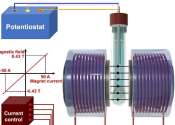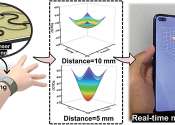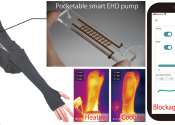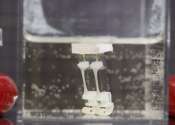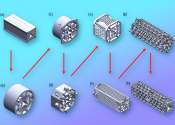Technique identifies electricity-producing bacteria
Living in extreme conditions requires creative adaptations. For certain species of bacteria that exist in oxygen-deprived environments, this means finding a way to breathe that doesn't involve oxygen. These hardy microbes, ...
Jan 11, 2019
0
1329



